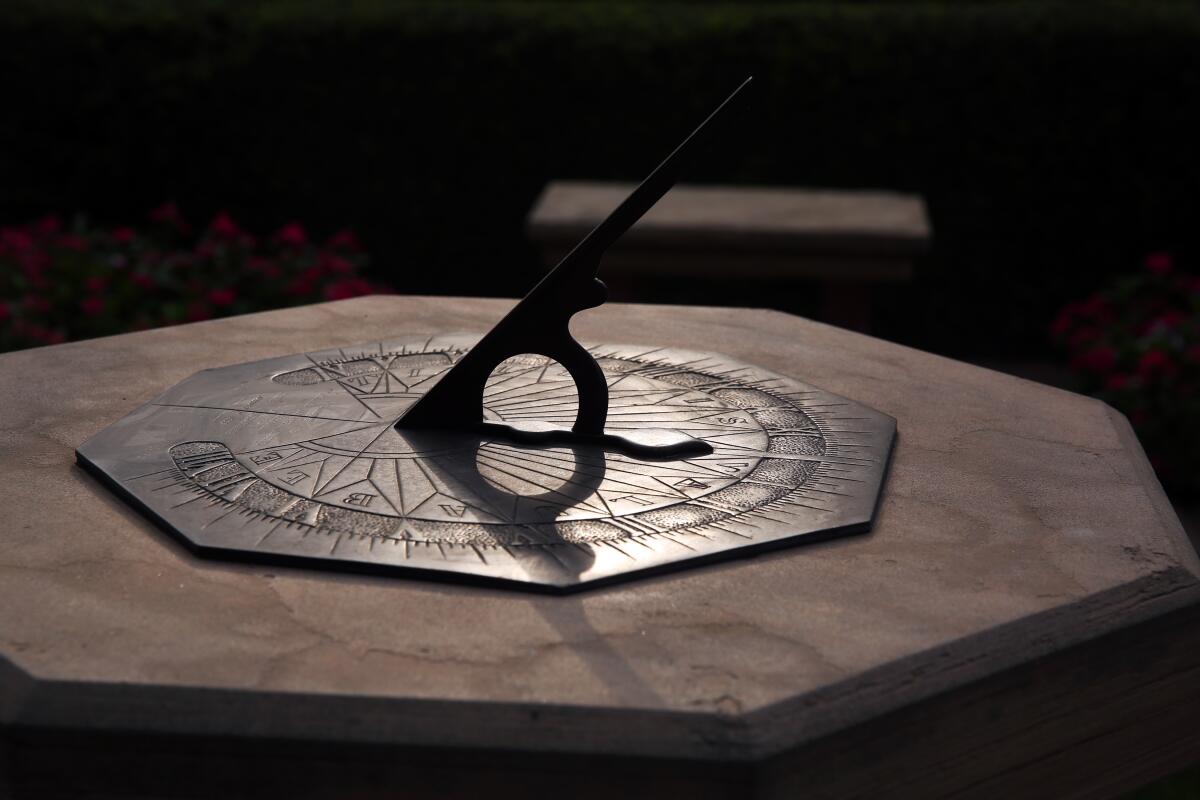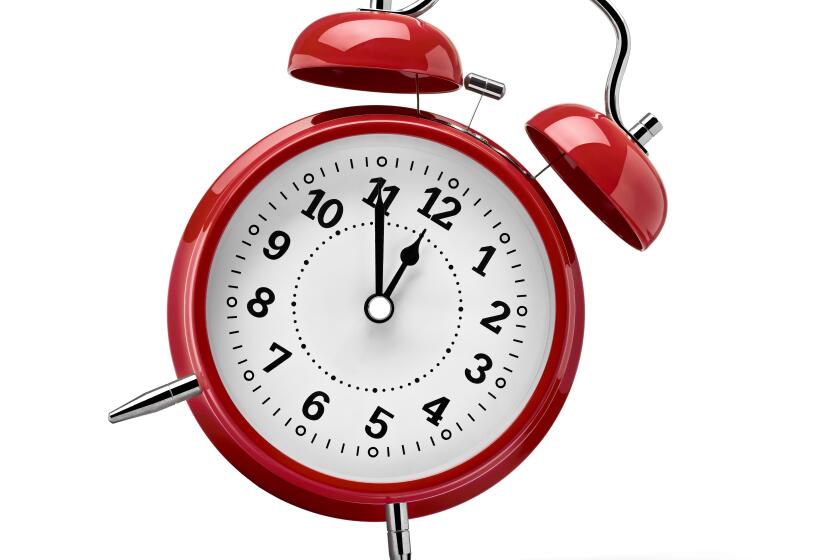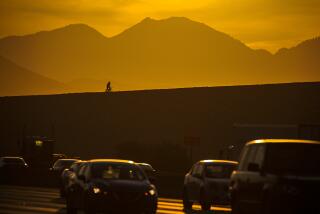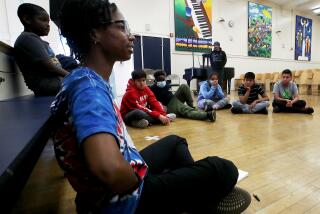Op-Ed: The trouble with daylight saving time

For many, the Senate’s passage of the Sunshine Protection Act to enact year-round daylight saving time seemed like an appealing antidote to our collective grogginess after turning our clocks forward an hour on March 13. After all, who enjoys losing an hour? Each year, the sleep loss connected to “springing forward” for daylight saving time leads to an increase in car crashes and other health risks and general grumpiness all around.
But permanent daylight saving time is not the answer.
First, a little background. Standard time is just that: a system of 24 time zones established in 1883 to standardize the myriad times used across North America that were causing havoc for the railroad system.
The U.S. Senate voted quickly and unanimously to make daylight saving time the only time. Now the House and President Biden should endorse the end to the clock-changing madness.
Standard time is more closely aligned with our body clocks. By contrast, daylight saving time “mistimes our exposure to light and our exposure to dark,” says Dr. Seema Khosla, chair of the American Academy of Sleep Medicine’s Public Awareness Advisory Committee and medical director of the North Dakota Center for Sleep in Fargo. That’s an important consideration, because light is a powerful cue for when we feel alert and when we’re ready for sleep.
Even without our springtime shift to daylight saving time, the days are already starting to lengthen. That helps blunt the additional darkness in the morning when we switch our clocks. But in winter, remaining on daylight saving time would have more marked effects. In Fargo, where Khosla lives, sunrise on Dec. 21, the winter solstice, occurs at 8:09 a.m. standard time. Under year-round daylight saving time, sunrise there would be after 9 a.m.
The Sunshine Protection Act doesn’t provide any additional daylight. While we may associate spring with more daylight, that’s a result of the natural lengthening of days, not the changing of the clock. All the new law would do is move one hour of darkness from the evening to the morning.
That could have ramifications. Car crashes, for example, increase when it’s dark, but it’s not clear whether more morning crashes would be offset by fewer evening crashes, given many contributing factors. When year-round daylight saving time was briefly tried in 1974, eight children in Florida were killed by drivers in the early morning darkness. The experiment ended after less than a year.
There are other risks too, due to the misalignment between daylight saving time and our “intrinsic, human circadian physiology.” That’s why the American Academy of Sleep Medicine supports eliminating daylight saving altogether.
A majority of Americans say they’ve been having trouble sleeping since the start of the pandemic. Fixing that, experts say, won’t be easy.
In California, a new state law requiring later secondary school start times reflects substantial research showing the ramifications of too-early start times for adolescent health and well-being.
A permanent shift to darker morning hours would exacerbate these risks for teenagers and would be “completely asynchronous with their circadian rhythms,” says Dr. Judith Owens, director of the Pediatric Sleep Disorders Center at Boston Children’s Hospital. It would also largely undercut the benefits of later school start times because school would start an hour earlier, biologically speaking, during the winter.
That’s the opposite of what teens need as their body clocks shift to a later schedule during puberty. In California, the later start time mandate doesn’t apply to rural school districts. That means in those districts, students could still start school earlier than what’s recommended and would have to contend with the one-hour winter clock change.
Nationwide, less than 20% of public high schools meet the American Academy of Pediatrics’ recommendation to start at 8:30 a.m. or later to help address chronic adolescent sleep loss, which is associated with mental health risks, lower graduation rates and much more. In northern states, the one-hour change would feel even more pronounced, with kids going to school when it’s darker in the winter than it already is.
We’re all tired of sleep loss in the spring and the hassle and confusion of changing our clocks. That’s why doing away with twice-yearly time changes comes up as regularly as, well, clockwork.
Now that the short-term pain of last week’s time change has largely worn off, let’s make sure that we’ve fully assessed what’s best for students and what’s safest.
We’re enjoying the longer evenings right now from daylight saving, but come winter, the shift won’t seem nearly as appealing.
Lisa L. Lewis is the author of the forthcoming book “The Sleep-Deprived Teen: Why Our Teenagers Are So Tired, and How Parents and Schools Can Help Them Thrive.”
More to Read
A cure for the common opinion
Get thought-provoking perspectives with our weekly newsletter.
You may occasionally receive promotional content from the Los Angeles Times.












